Mid morning yesterday, the sun working its magic on frozen fields. A kestrel looks down on a bend in the Trent upstream of Nottingham …
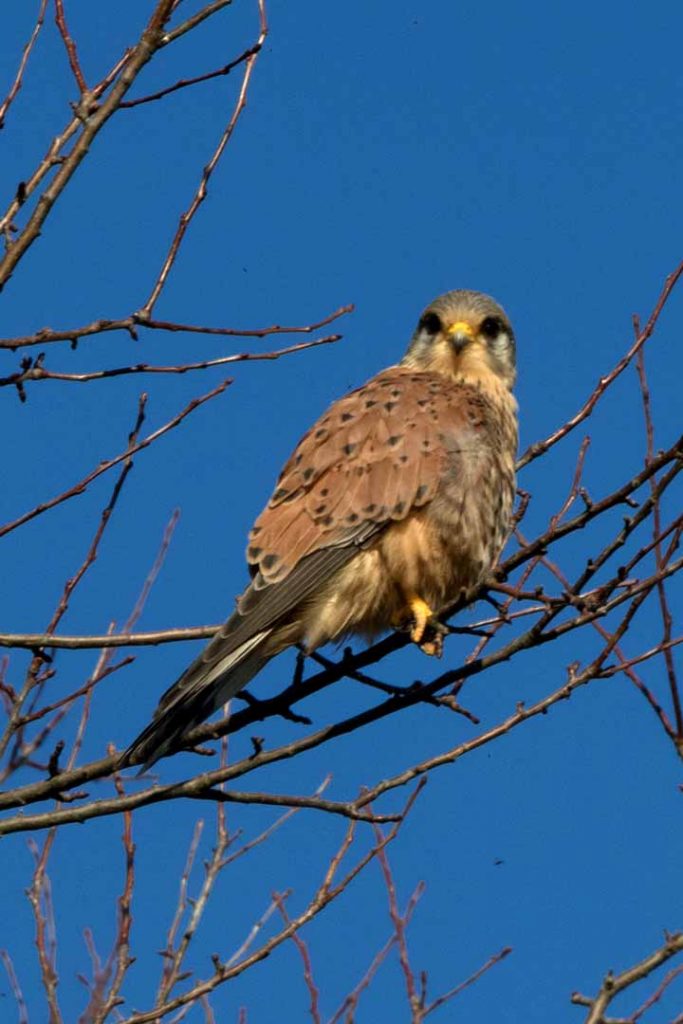
… as coal-fired Ratcliffe on Soar keeps calm and carries on.

Minutes go by. A young crested grebe glides a reed lined mere.
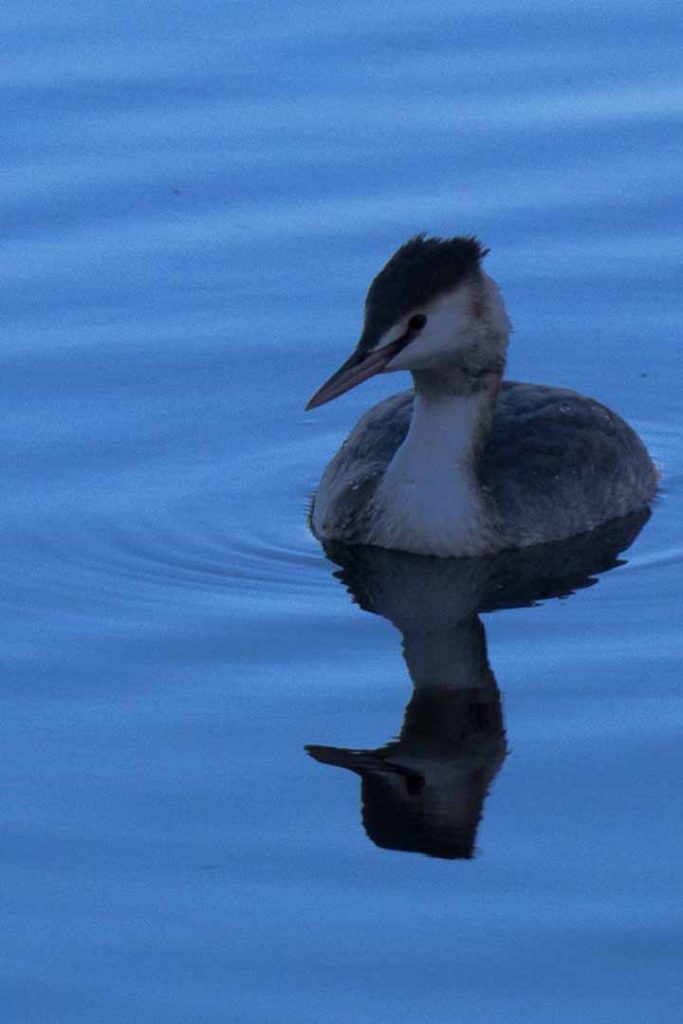
A cock robin hops in full mating resplendence to a branch at arm’s length. The dowdy female is better camouflaged for safety from the likes of that kestrel.1 The greater expendability of males – fewer needed for reproduction – is a stark evolutionary truth reflected in the generalisation that in our species the blokes tend to be less risk averse …
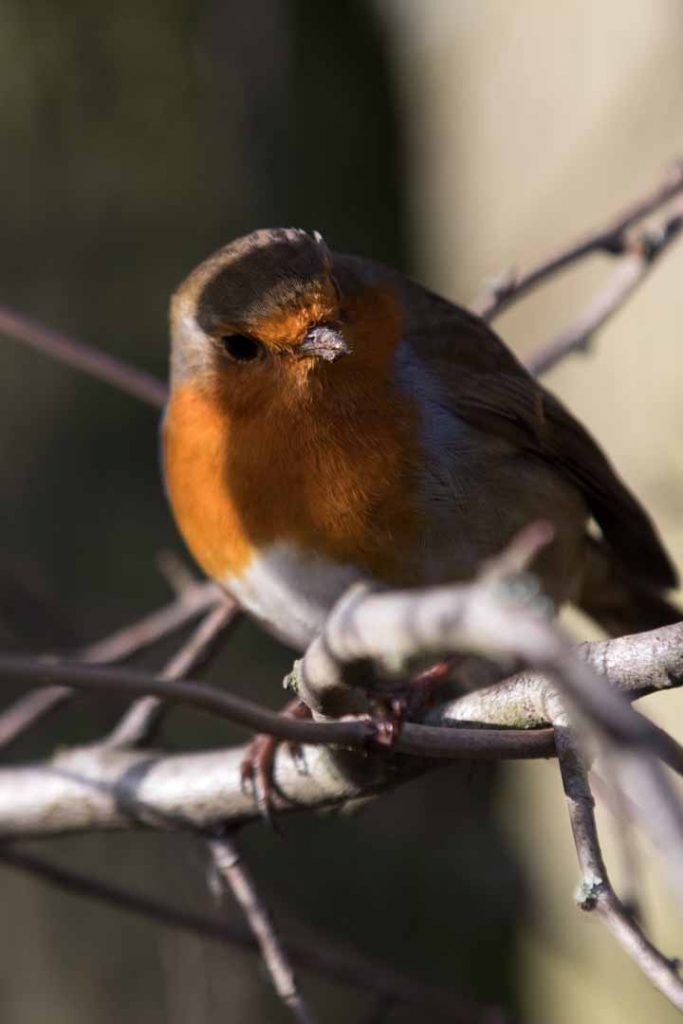
… though we need to take care in applying such generalisations to homo sapiens sapiens. Our ‘double wisdom’ – knowing that we know – gives no small exemption from our instincts.
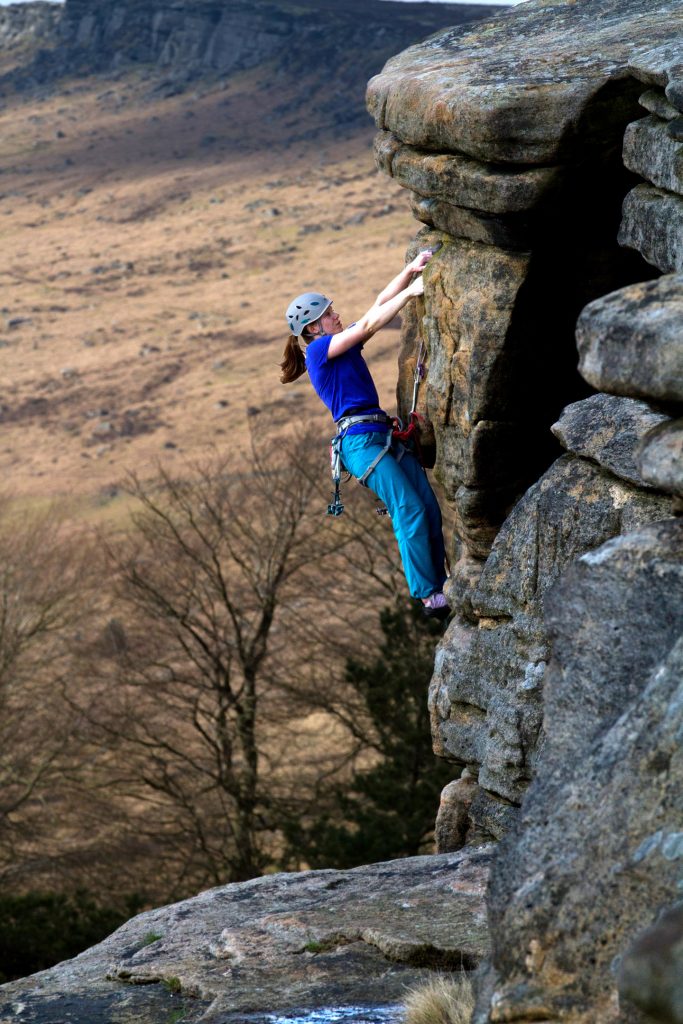
A thrush dines.
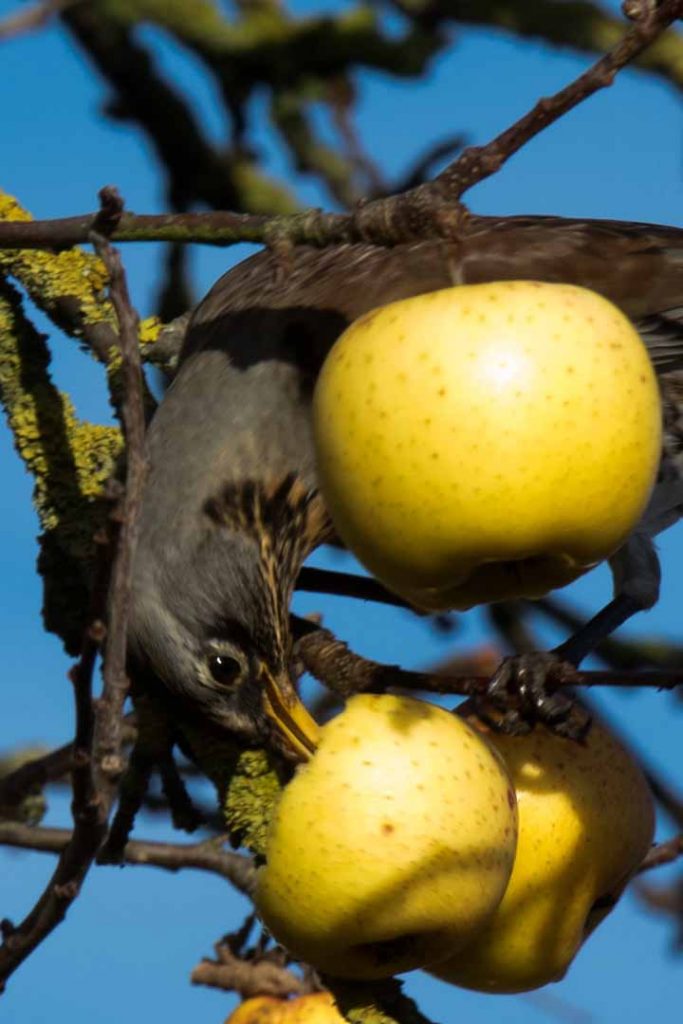
With the light draining from the late afternoon skies of December, I’d watched, and captured on video yet to be edited, the amazing murmurations of similar sized avians as they wheeled, split and regrouped in tens of thousands – a collective intelligence against the sparrowhawks in wait below – in formations of breathtakingly fluid beauty, the show lasting upwards of thirty minutes before they plummeted in one dark spiral to the reedbeds for the night.
Here’s an Instagram offering from Xander Ettling Media.
*
Horse and spire, crocus, and two takes on a snowdrop
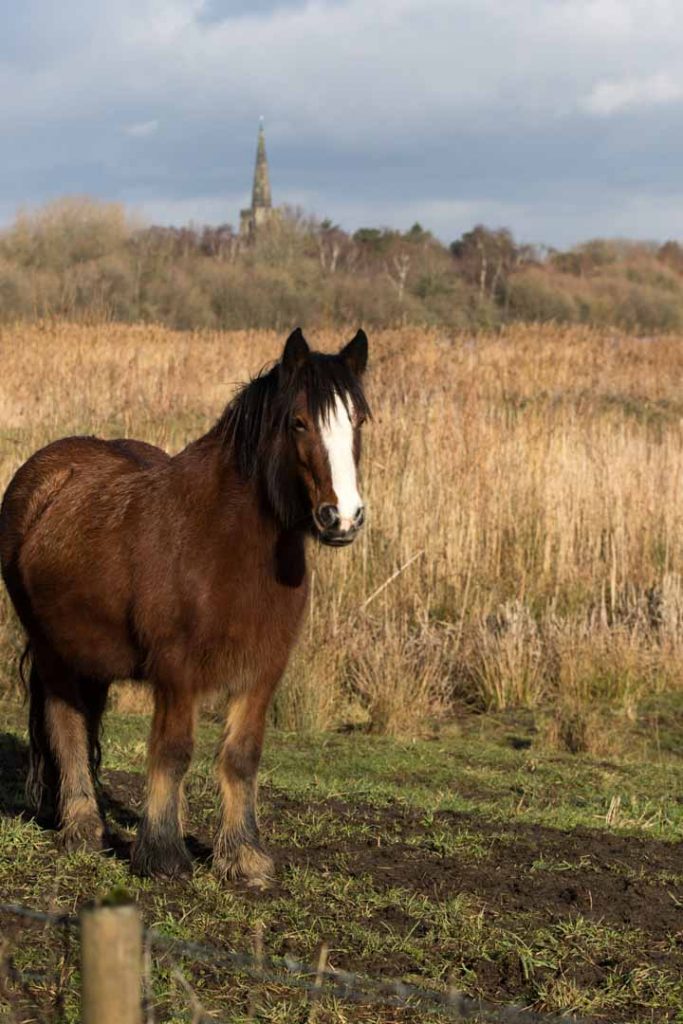
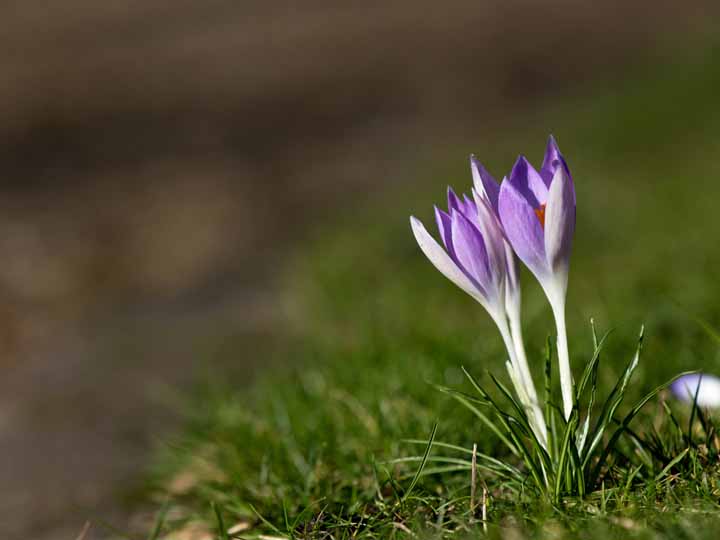
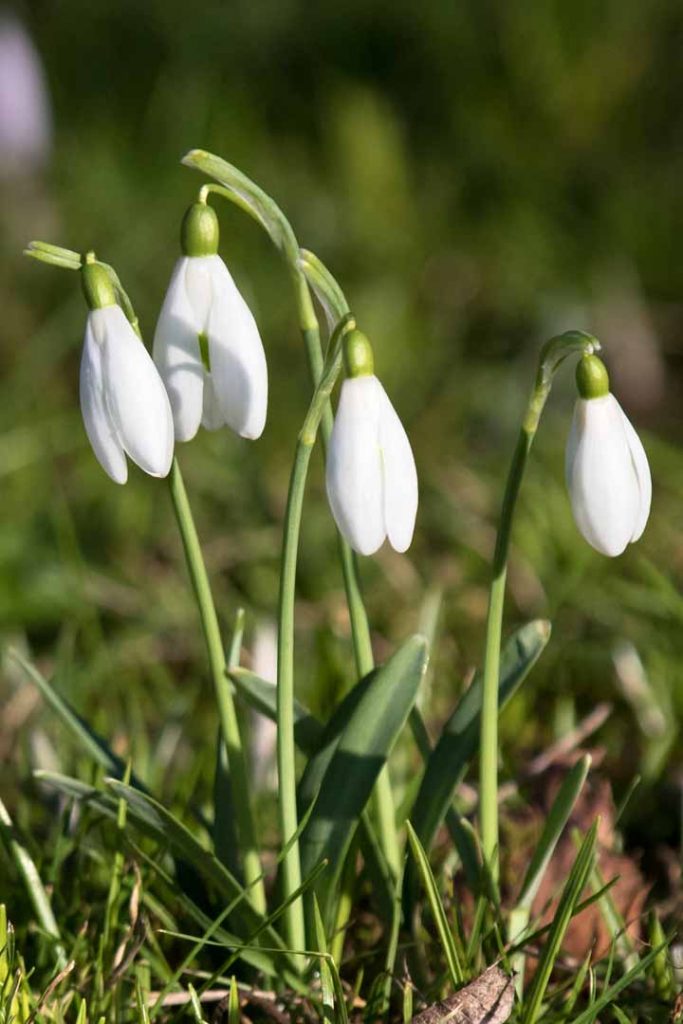
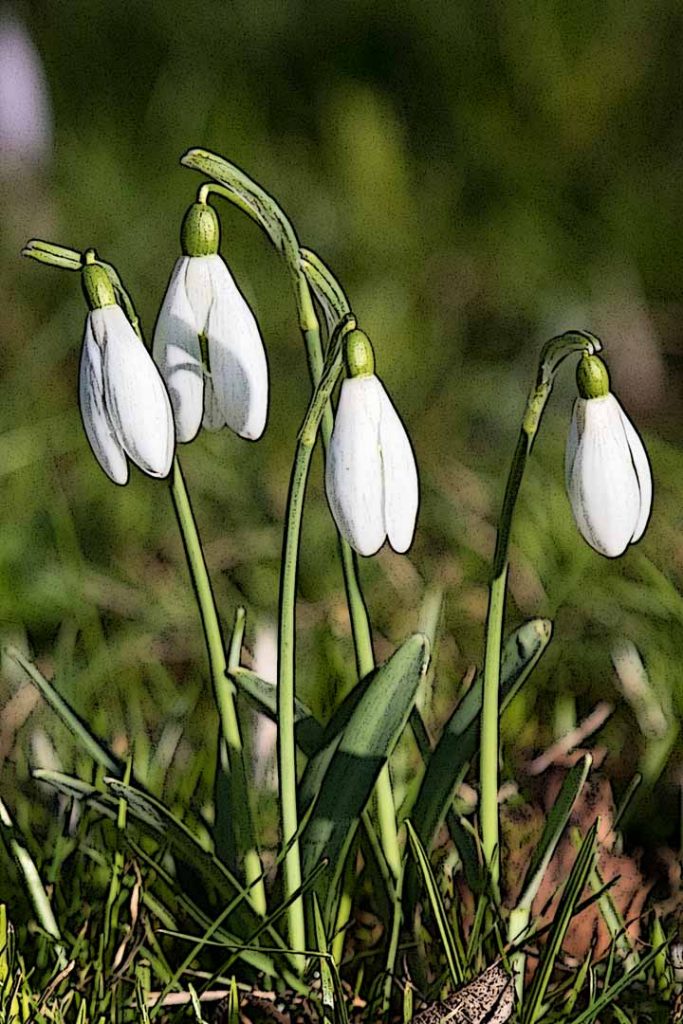
A tit meditates on breakfast.
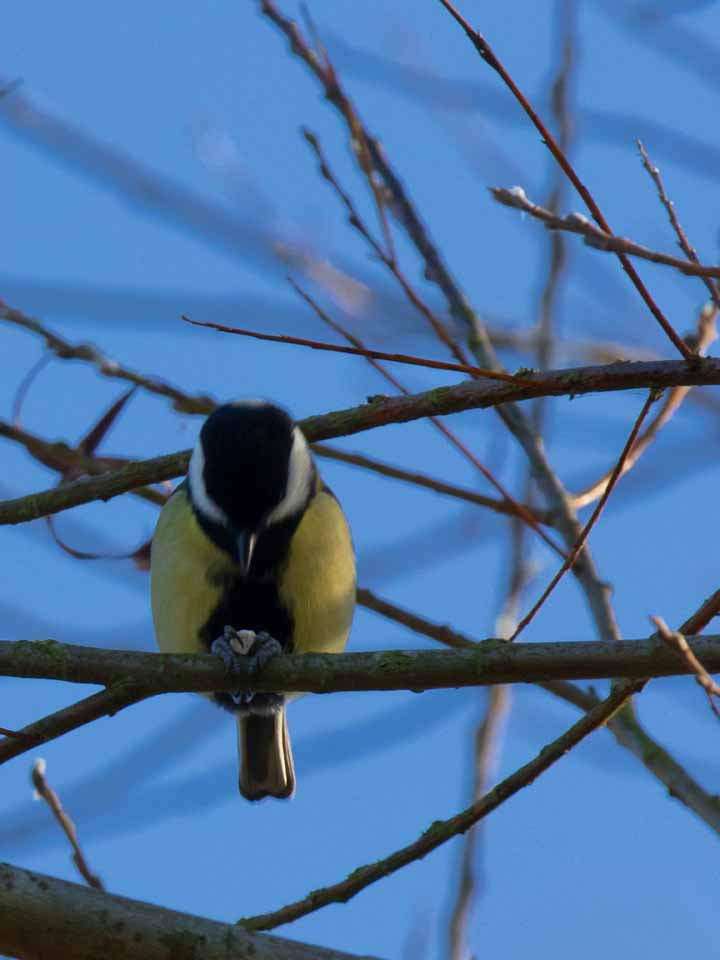
And all of this in defiance of thin sheets of ice on those meres and puddles still waiting on the sun’s pleasure. It’s spring, I guess, but disturbingly early.
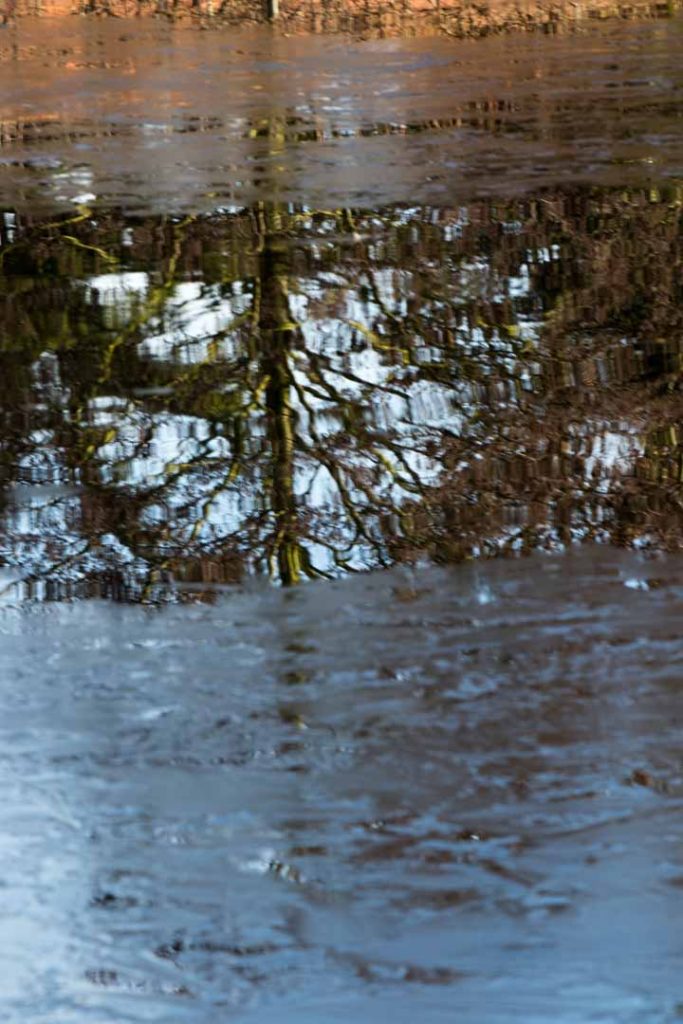
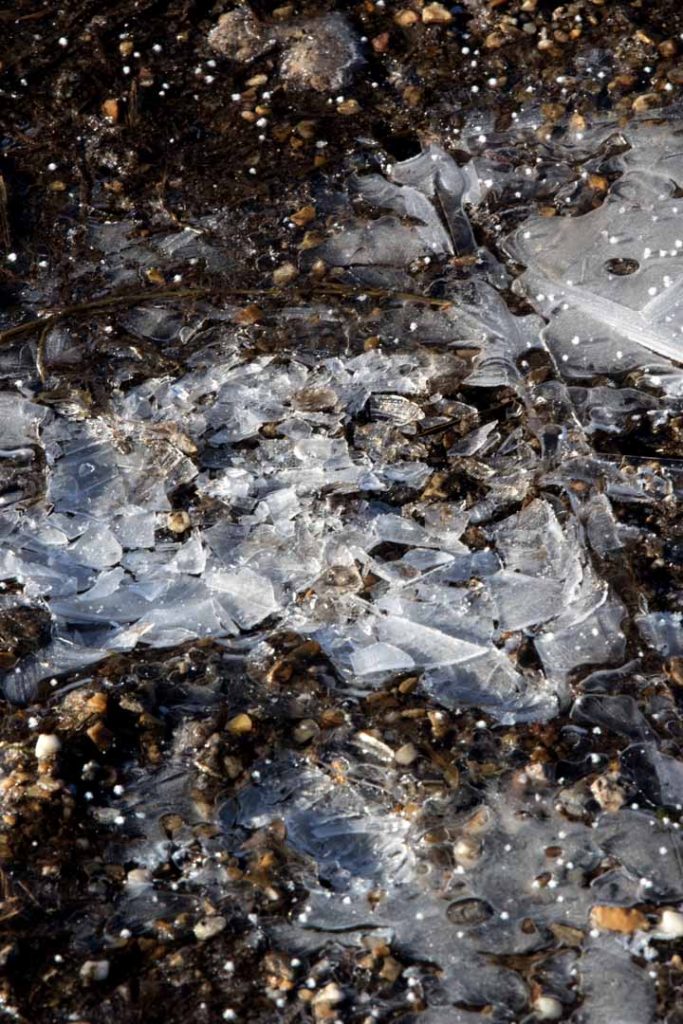
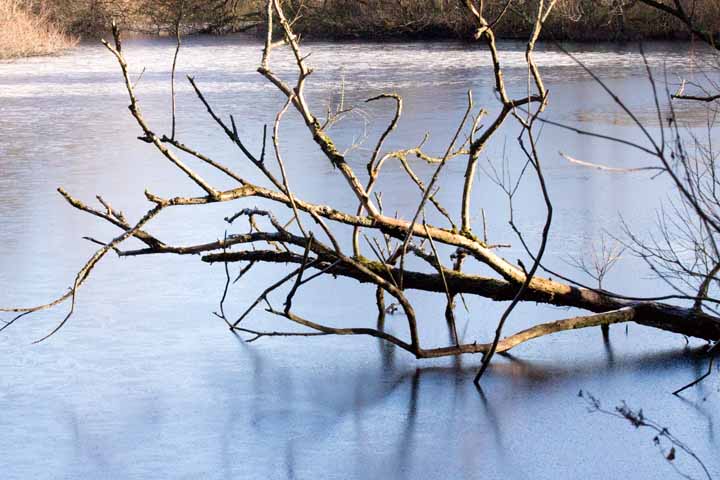
* * *

Last summer I witnessed, not yards away, a male goshawk swoop down and snatch a dove(couldn’t see whether it was a rock dove or a collared, it all happened so quickly, the dive, snatch and pre-flight reposition before take off on powerful wings(the dove was nearly as big as him). There were three red kites two years ago above my small sky, now this winter two have been reduced to one, not sure why. Had to pull over one day last week, to remove a dead young fox from one lane of a dual carriageway (a very common site)and numerous hedgehogs. My own hog has stopped visiting my garden, even though I left hog food out for him in his own ground level bird table(took the middle support off it). None of the many rarer birds have visited my feeders this year except a black cap- no long tails, blues and only one greater and one coal(never seen it before), the long tails always used to come with summer’s last clutch in tow. Early on in winter saw an egret that has apperently been seen previously by a neighbour.Too many of my visiting wood pigeons are still trying to put in adult plumage and I have only seen one gold finch and one chaffinch, neither visiting my feeders. Walk Grace for an hour every day listening for male birds like wrens and finches, only ever hear Robins and thrush family members. More disturbing this summer was so few butterflies, no gatekeepers, walls, admirals etc. only blues. I miss them all but I’m glad to see your piccys which show the fauna are still about even if I don’t spot them. Nice one, keep up the good work.
Fascinating, Susan. Your knowledge vastly exceeds mine, though I’m beginning to get interested through living close to wetlands offering an unusual richness of wild life. To pick up on a few of the birds you mention, ten years ago I had goldfinches frequently visit a birdtable my flatmate had placed in the garden below a bay window offering a ringside view. Spectacular, but they did not return the next summer or the one after. (I since heard their numbers fluctuate in inverse ratio to those of a particular raptor whose name escapes me.) Egrets I’m used to seeing in huge flocks in Asia, and to lesser extent Spain. Last summer I saw more than a few on the Border Wye I was kayaking, and two weeks ago spied a pair on the Trent. Red kites I hear are on the up, so your reduction may be down to maverick factors. I’m most used to seeing them around Aberystwyth. Common above the cliff tops, where they compete with the buzzards, you get fantastic photo ops at a wild life centre up near Devil’s Bridge. Every day at 2pm they’re thrown meat, by a glassed observation point. Close to the anointed hour you see them gather on high. When two strikes and meat is thrown, their swoops are something else. I must return. The one time I went, I was a reasonably competent snapper but unused to wildlife photography. I came away with not a single decent picture. I hadn’t racked up ISO levels to allow fast enough shutter speeds. I’ll be back – and post the results here!